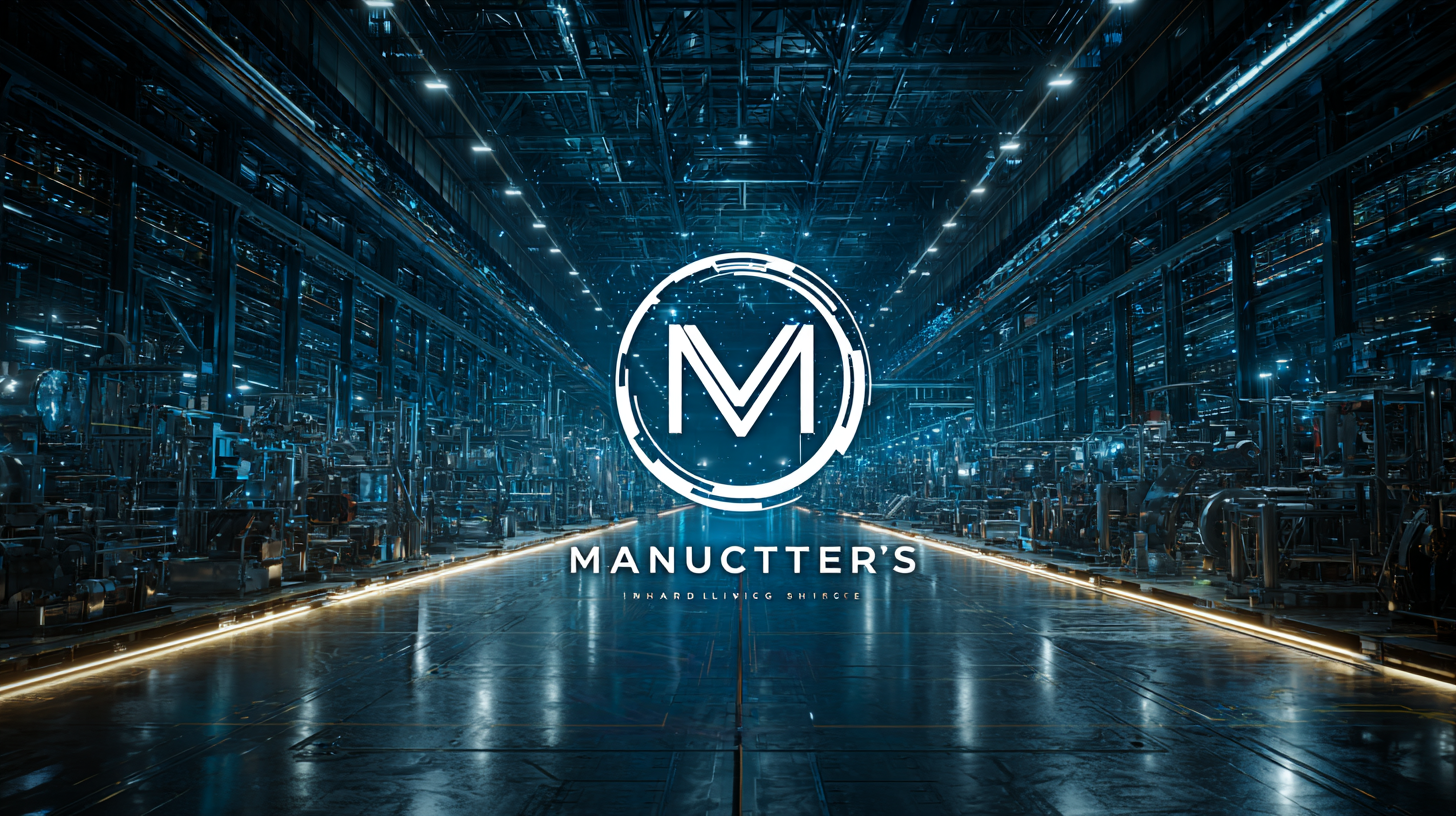 English
English-
 English
English -
 Español
Español -
 Português
Português -
 русский
русский -
 Français
Français -
 日本語
日本語 -
 Deutsch
Deutsch -
 tiếng Việt
tiếng Việt -
 Italiano
Italiano -
 Nederlands
Nederlands -
 ภาษาไทย
ภาษาไทย -
 Polski
Polski -
 한국어
한국어 -
 Svenska
Svenska -
 magyar
magyar -
 Malay
Malay -
 বাংলা ভাষার
বাংলা ভাষার -
 Dansk
Dansk -
 Suomi
Suomi -
 हिन्दी
हिन्दी -
 Pilipino
Pilipino -
 Türkçe
Türkçe -
 Gaeilge
Gaeilge -
 العربية
العربية -
 Indonesia
Indonesia -
 Norsk
Norsk -
 تمل
تمل -
 český
český -
 ελληνικά
ελληνικά -
 український
український -
 Javanese
Javanese -
 فارسی
فارسی -
 தமிழ்
தமிழ் -
 తెలుగు
తెలుగు -
 नेपाली
नेपाली -
 Burmese
Burmese -
 български
български -
 ລາວ
ລາວ -
 Latine
Latine -
 Қазақша
Қазақша -
 Euskal
Euskal -
 Azərbaycan
Azərbaycan -
 Slovenský jazyk
Slovenský jazyk -
 Македонски
Македонски -
 Lietuvos
Lietuvos -
 Eesti Keel
Eesti Keel -
 Română
Română -
 Slovenski
Slovenski -
 मराठी
मराठी -
 Srpski језик
Srpski језик
Navigating the Best Manufacturers in 2025 Technology Trends and How to Optimize Your Supply Chain
As we look ahead to 2025, the landscape of manufacturing is set to evolve dramatically, driven by emerging technology trends that are reshaping supply chains globally. According to a report by McKinsey, the adoption of advanced manufacturing technologies could increase productivity by up to 30% within the next few years. This emphasizes the importance of selecting top-tier manufacturers that are not only adept at leveraging these technologies but also aligned with sustainable practices, as 70% of consumers are now more likely to choose brands with eco-friendly initiatives (Deloitte). To thrive in this competitive environment, businesses must navigate the complex landscape of manufacturers, utilizing data-driven strategies to optimize their supply chains, enhance operational efficiency, and remain resilient amidst fluctuating market demands. This blog will explore how to effectively choose quality manufacturers and the critical steps to refine your supply chain processes.

Exploring China's Leading Manufacturing Strengths in the Global Market
China's manufacturing sector continues to dominate the global market, accounting for approximately 28% of the world's total manufacturing output as of 2023. This remarkable strength stems from a combination of factors, including a robust supply chain ecosystem, technological advancements, and a skilled workforce. According to a report from the World Bank, China's manufacturing sector has seen a compound annual growth rate (CAGR) of 5% over the past five years, illustrating its resilience and adaptability to global shifts in demand and production.
In recent years, China has also established itself as a leader in technology innovation, particularly in the fields of artificial intelligence and automation. The International Federation of Robotics reported that by 2025, the country is expected to deploy over 1.5 million industrial robots, significantly enhancing production efficiency and quality. Companies looking to optimize their supply chains can leverage these advancements, as Chinese manufacturers are increasingly integrating smart technologies to improve operational capabilities, ensuring faster turnaround times and more responsive supply chains. By aligning with China's strengths, businesses can not only access high-quality products but also benefit from innovations that drive competitiveness in the global market.
Navigating the Best Manufacturers in 2025 Technology Trends and How to Optimize Your Supply Chain - Exploring China's Leading Manufacturing Strengths in the Global Market
| Manufacturing Sector | Global Market Share (%) | Annual Growth Rate (%) | Major Export Destinations | Technological Innovations |
|---|---|---|---|---|
| Electronics | 30% | 8% | USA, Europe, Japan | AI Integration, Smart Manufacturing |
| Automobiles | 25% | 10% | Europe, North America, Australia | EV Technology, Smart Safety Features |
| Textiles | 15% | 5% | USA, Italy, Brazil | Sustainable Fabrics, Automation |
| Machinery | 20% | 7% | Asia, Europe, North America | Precision Engineering, IoT |
| Consumer Goods | 10% | 6% | Latin America, Middle East, Asia | Smart Products, Personalization |
Identifying Key Technology Trends Shaping the Future of Manufacturing
The manufacturing landscape is undergoing a significant transformation, shaped by critical technology trends that will define its future.
 One major trend is the integration of automation and robotics, which not only enhances efficiency but also reduces human error in production processes. Companies adopting these technologies can achieve greater precision and faster turnaround times, making it essential for manufacturers to evaluate their current systems and invest in automation solutions.
One major trend is the integration of automation and robotics, which not only enhances efficiency but also reduces human error in production processes. Companies adopting these technologies can achieve greater precision and faster turnaround times, making it essential for manufacturers to evaluate their current systems and invest in automation solutions.
Another key trend is the rise of the Internet of Things (IoT), allowing manufacturers to monitor equipment and processes in real-time. By collecting and analyzing data, businesses can optimize their supply chain operations, reduce downtime, and enhance decision-making. Incorporating IoT can also lead to predictive maintenance, minimizing unexpected breakdowns and costs.
Tips:
- Consider integrating IoT devices into your manufacturing processes to gain valuable insights and improve operational efficiency.
- Embrace automation as a means to streamline production and stay competitive in the rapidly evolving market.
- Regularly assess emerging technologies to remain informed about innovations that could enhance your supply chain management.
Strategies for Optimizing Supply Chains in an Evolving Industry Landscape
In today's rapidly evolving industry landscape, optimizing your supply chain is crucial for maintaining competitiveness. Technologies such as artificial intelligence and blockchain are set to reshape how manufacturers operate, making it essential to stay ahead of these trends. One effective strategy is integrating data analytics into your supply chain management. By utilizing advanced analytics, businesses can forecast demand more accurately, optimize inventory levels, and reduce waste, ultimately leading to cost savings and improved efficiency.
Tip: Invest in a robust digital supply chain management system that leverages real-time data. Such systems can provide insights into supply chain performance and enable swift decision-making in response to market changes.
Another vital strategy is fostering strong relationships with key suppliers. Collaborating closely with manufacturers can enhance communication and streamline processes. Establishing clear expectations and maintaining regular check-ins can help ensure alignment and facilitate quicker problem resolution.
Tip: Consider a vendor management system to track supplier performance and maintain healthy relationships. This ensures that both parties are on the same page and can react swiftly to any disruptions in the supply chain.
The Role of Innovation in Enhancing Manufacturing Efficiency and Quality
Innovation plays a pivotal role in enhancing manufacturing efficiency and quality in the rapidly evolving technological landscape of 2025. As manufacturers embrace advanced technologies such as artificial intelligence, the Internet of Things (IoT), and automation, they can streamline operations and reduce waste. These innovations enable real-time data analysis, allowing companies to identify bottlenecks and optimize production processes. By leveraging predictive analytics, manufacturers can forecast demand more accurately, thus aligning their supply chains to meet market needs more effectively.
Moreover, innovative practices not only improve efficiency but also enhance product quality. Implementing quality control technologies, such as machine vision systems and automated inspection processes, ensures that products meet stringent standards consistently. Continuous improvement methodologies, such as Lean and Six Sigma, are also empowered by technology, enabling manufacturers to refine their processes and minimize defects. As companies prioritize innovation in their manufacturing strategies, they not only boost their operational capabilities but also strengthen customer satisfaction by delivering high-quality products in a timely manner.

Building Sustainable Partnerships with Manufacturers for Long-Term Success
Building sustainable partnerships with manufacturers is crucial for organizations aiming for long-term success in today’s rapidly evolving technology landscape. A robust relationship with your suppliers can result in better product quality, reliability, and innovation that directly impacts your supply chain efficiency. Cultivating trust and clear communication with manufacturers fosters a collaborative environment, enabling both parties to adapt to changing market demands swiftly.
Tips for establishing strong partnerships include conducting thorough due diligence when selecting manufacturers. Evaluate their sustainability practices, financial stability, and commitment to innovation to ensure they align with your company’s values. Regularly engage in open dialogues to share insights and feedback, thereby nurturing a transparent relationship. This not only enhances operational efficiency but also helps in co-developing solutions that meet future challenges.
Another critical aspect is investing in technology that facilitates real-time data sharing. Implementing systems that provide visibility into inventory levels, supply chain disruptions, and production capacities empowers manufacturers to respond proactively. This proactive approach helps build resilience within your supply chain, driving both partners toward sustainable growth and long-term success in a competitive market.

